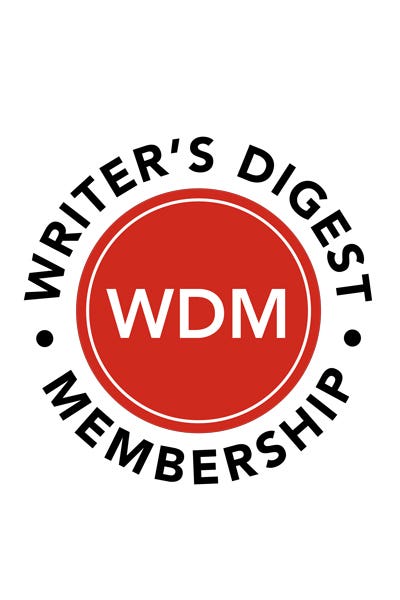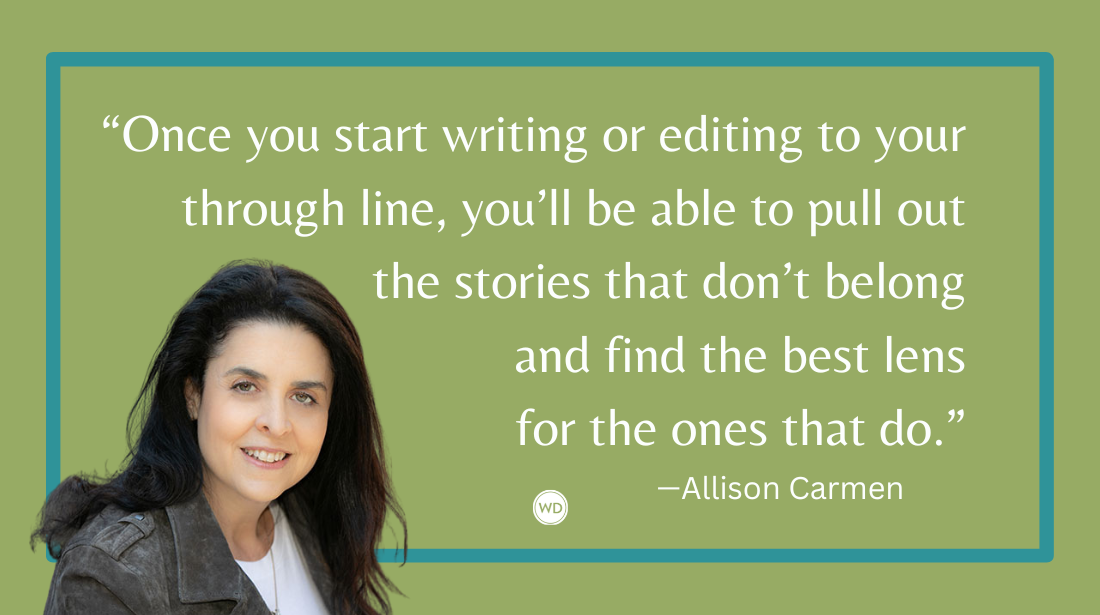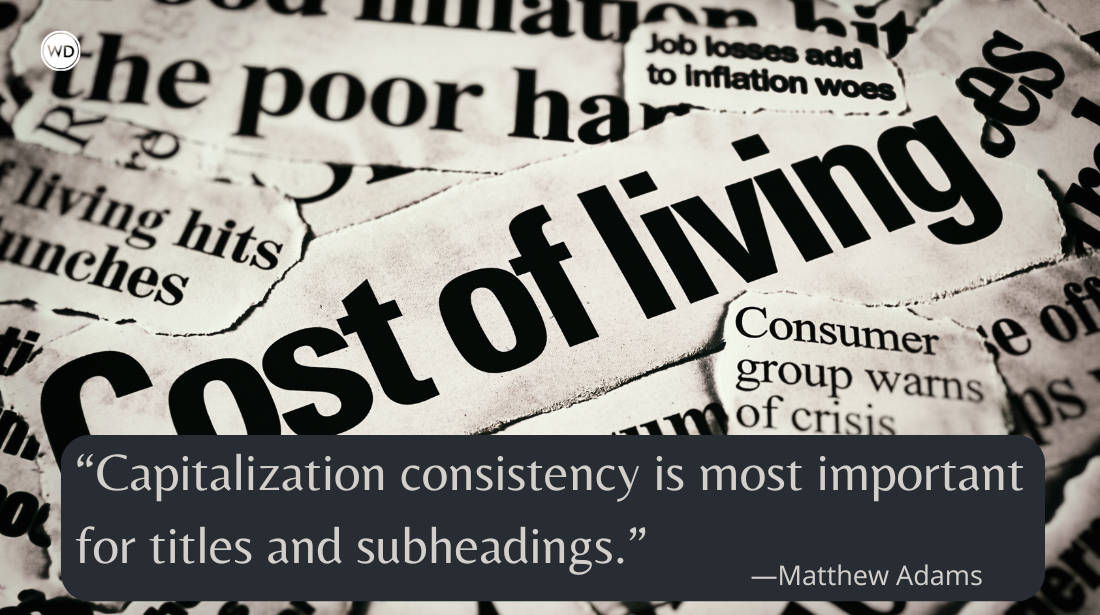5 Tips for Figuring Out the Structure of Your Memoir
I have a confession to make: I’m an accidental memoirist. Writing a memoir was never on my career roadmap or vision board. I’ve always considered myself an essayist and a…
I have a confession to make: I’m an accidental memoirist. Writing a memoir was never on my career roadmap or vision board. I’ve always considered myself an essayist and a poet. But once I (somewhat accidentally—more on that in a minute) started writing my memoir Wayfinding, I realized how exhausting the process could be. If you’ve started a memoir project, you know this can be heavy, deeply emotional work.
And yet, I also discovered something surprising. Once I gave myself permission to be bold, I was able to draw on my multi-genre writing experience to create a memoir that was uniquely mine.
When starting a memoir, there’s documenting, and then there’s The Truth™—which, depending on point of view, distance from the events, and a hundred other variables, can be squishy and subjective. Writing Wayfinding meant hours and hours of fact-checking. But once you’ve done that hard work and drafted your story (or stories), you eventually get to the fun part: polishing the vignettes.
Still, even after polishing, one big question remains: How do you know if the structure is right?
My Accidental Memoirist Story
A few years ago, I set out to write a poetry collection—a chapbook about my father. I had already published several poems on this topic in literary magazines, and I wanted to go deeper. Our relationship had been complicated, and I needed space to explore. I planned to build a 48-page chapbook from four or five foundational poems.
Here’s the thing about great writing plans: They often fall apart once the words start flowing. That’s exactly what happened. After a couple of weeks, I realized what I was writing wasn’t poetry. It wasn’t a chapbook. And it wasn’t even entirely about my father.
The poetic form felt too constricting for what I wanted to say. Within weeks, I had already surpassed the limits of a chapbook. I was excavating, discovering, questioning. Writing Wayfinding became a journey of its own.
Here’s the thing. At first, I played it safe. I “reported the news.” The draft of the book was good—but not great. I hadn’t been vulnerable enough. I hadn’t fully shared the questioning, the pain, or the insights I uncovered.
Then I got an editor. That’s when the real work began—and how I ended up with a nonlinear-hybrid-quest/journey-epistolary memoir. Could it fit neatly into one category? Sure. But the point is this: You, the writer, get to choose the format and structure. If you can’t find a structure that works, invent your own. Be bold. Why should fiction writers have all the fun?
Why Structure Matters
There’s another side to this: the reader. Books don’t live in a vacuum. If you’ve come this far in your memoir journey, you’re likely hoping for others to read it. You want them to engage, connect, and feel. The foundation for that intimacy begins with structure. I’ve created a framework to help you get started and remove some of the guesswork.
Memoir has no single magic formula. Structure isn’t just about order—it’s about meaning. Your story may need a linear backbone, a braided weave, or something entirely different. Experiment until the structure reflects both your truth and the experience you want your reader to have.
Memoir Structure Types
- Chronological/Linear: Start-to-finish, such as childhood to adulthood. I began Wayfinding this way, but later found that other structures better captured the fractured nature of my journey and better served the story.
- Nonlinear/Fragmented: Moves around in time and space, often circling a central theme. Crying in H Mart by Michelle Zauner.
- Braided/Threads: Weaves two or more storylines together. H Is for Hawk by Helen MacDonald.
- Themed/Topical: Built around a single theme (e.g., addiction, trauma, travel). Wayfinding ultimately took this form, organized by forms such as letters, themes like redemption, and geography. It is a complex structure, and it took trial and error to get it right.
- Hybrid: Mixes forms—essays, lists, poems, fragments. Wayfinding incorporates essays, prose poems, and letters.
- Epistolary: Told through letters, texts, diary entries, emails, etc. Dear Mr. You by Mary-Louise Parker.
- Quest/Journey: Centers on a physical, emotional, or metaphorical journey. Wild by Cheryl Strayed.
- Circular/Returning: Begins and ends in the same place (geographically or emotionally). Eat, Pray, Love by Elizabeth Gilbert.
5 Tips to Help You Find Your Memoir’s Structure
1. Identify your memoir’s core theme(s).
If you’re unsure, ask for input. Common themes include trauma, relationships, resilience, and personal growth. Your theme often suggests a structure: A lifelong journey may suit chronology, while a series of linked events may work better in a nonlinear or themed format.
2. Define your memoir’s scope or timeframe.
Does your story cover decades or a short period? Solito by Javier Zamora focuses tightly on his two-month migration journey, while Becoming by Michelle Obama spans a lifetime.
3. Shape your story arc.
Like fiction, memoirs need emotional arcs. You might start a chronological memoir in the middle of a dramatic moment, or group stories by geography or theme instead of adhering to strict chronological order.
4. Be brave and explore possibilities.
Most memoirs default to a linear structure: “I was born, I lived, now I’m older.” I thought that would work for Wayfinding, too. But early readers challenged me. Eventually, I dismantled the book and rebuilt it in a nonlinear, thematic way—closer to how I experienced the events themselves. Masterful examples of nonlinear memoirs include Inheritance by Dani Shapiro and Mean by Myriam Gurba.
5. Leverage your storytelling tools.
Don’t be afraid to experiment. For some of the toughest material in Wayfinding, I shifted from narrative to epistolary—writing letters to characters and even an apology letter to my own body. At first, rewriting finished sections felt strange, but it turned out to be exactly what the book needed.
Your memoir deserves a structure that carries its deepest truth. Be bold. Experiment. Let the form not only serve your story but also foster meaningful engagement and connection with your reader.
Check out Renee Gilmore's Wayfinding here:
(WD uses affiliate links)









